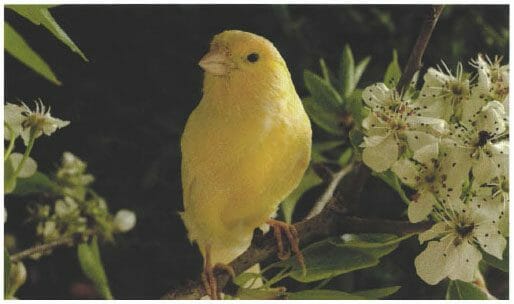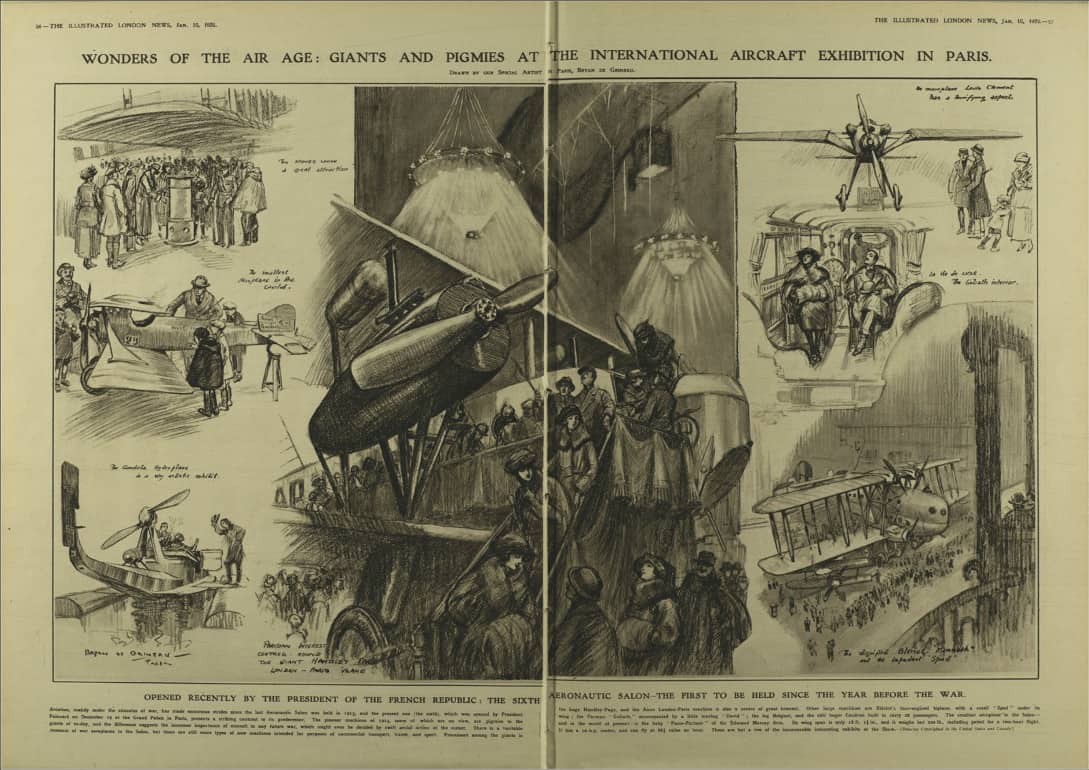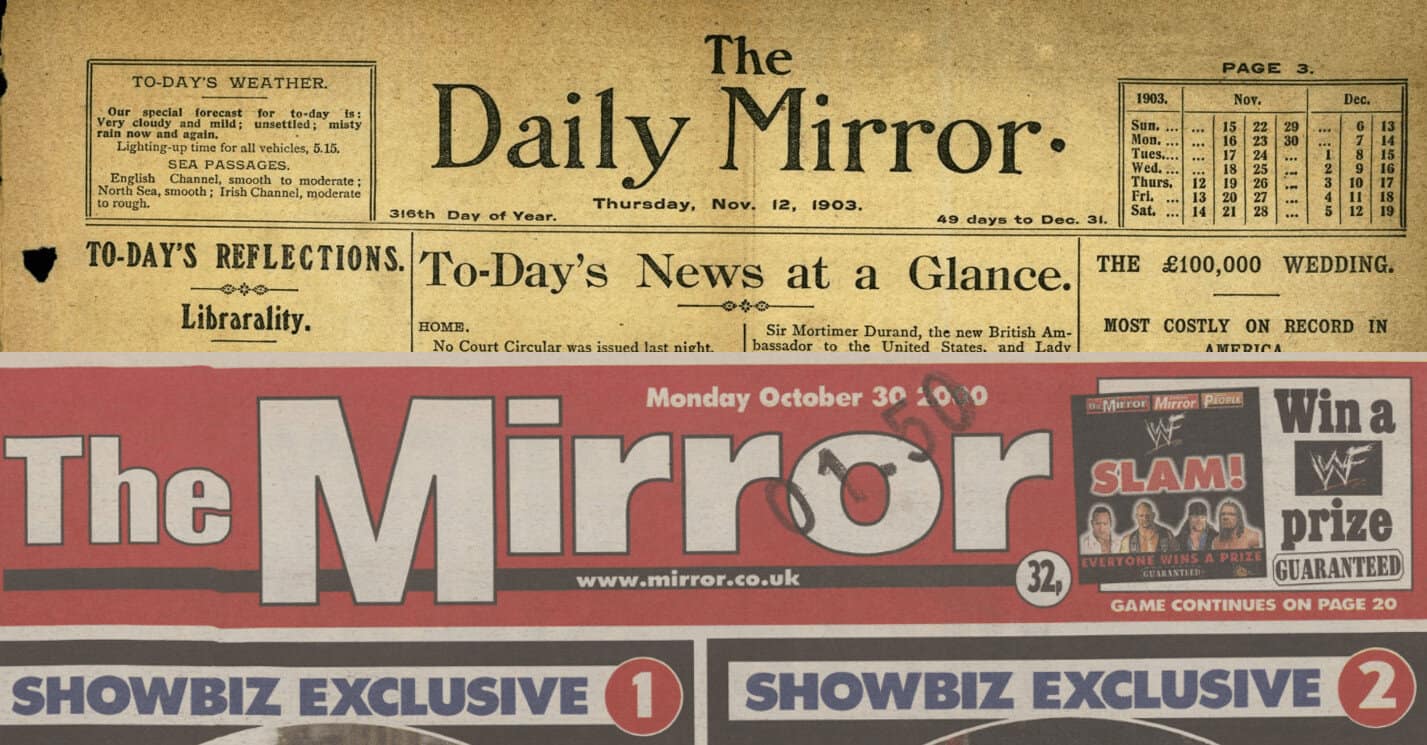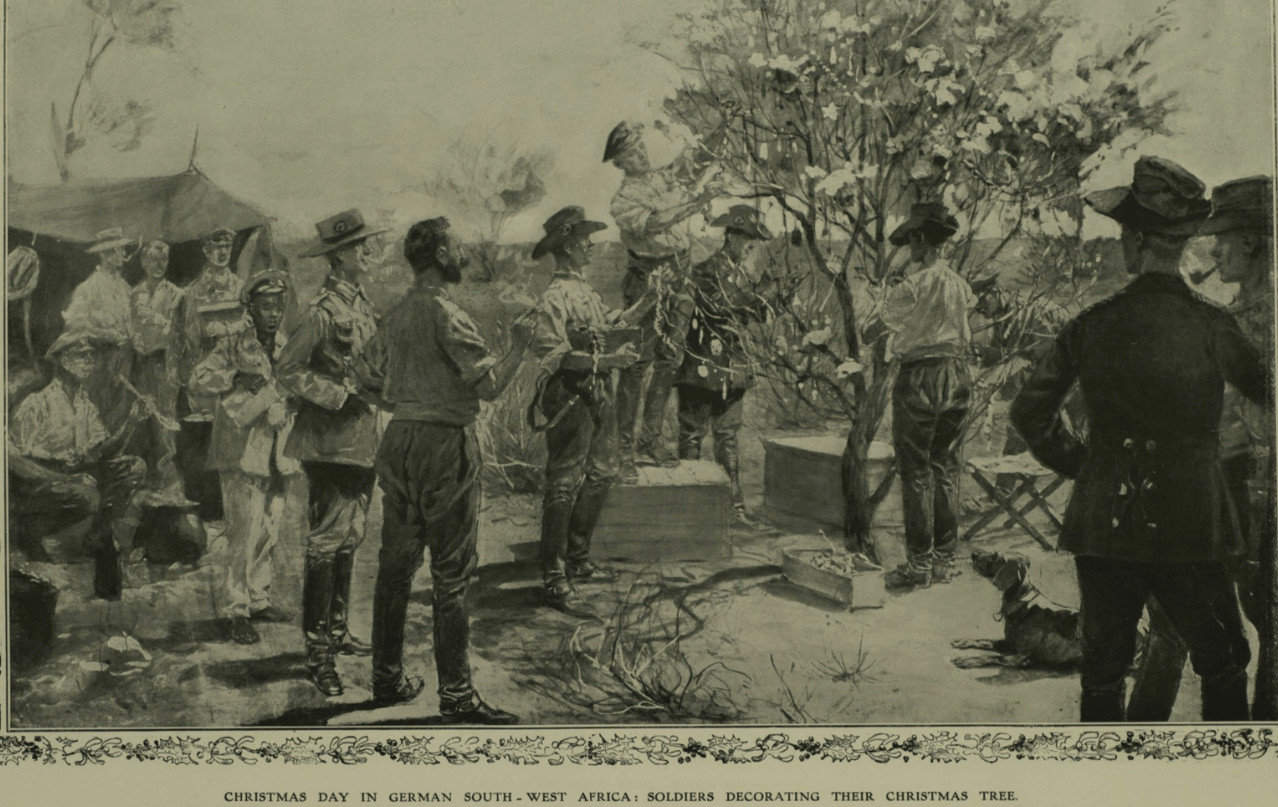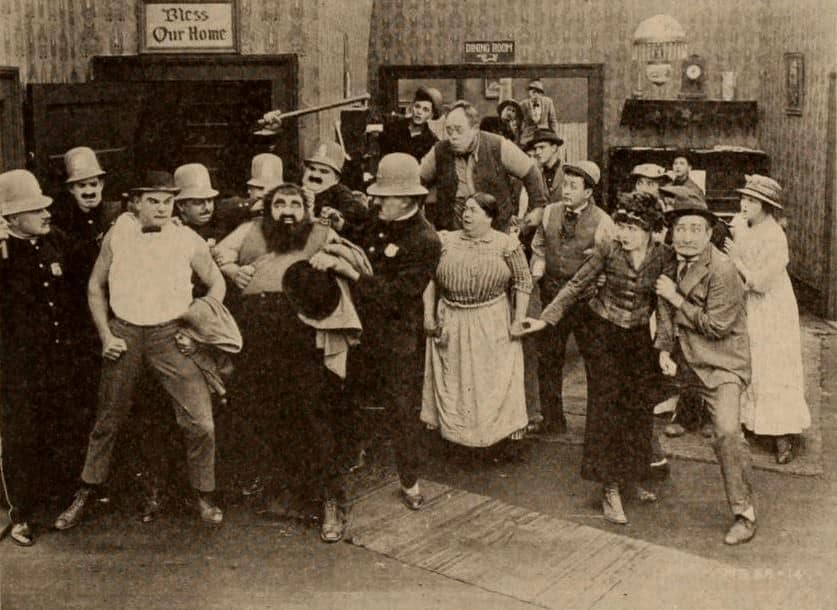│By Lily Cratchley, Gale Ambassador at the University of Birmingham│
Through the medium of a Zoom interview, Dr Daniel Whittingham, History Lecturer at the University of Birmingham, talked me through how he found Gale Primary Sources integral to writing his book, Charles E. Callwell and the British Way in Warfare (Cambridge University Press, 2019), and then kindly offered his professional advice for students about finding, using and citing online archives, including the best ways to incorporate primary sources into an essay or dissertation.



